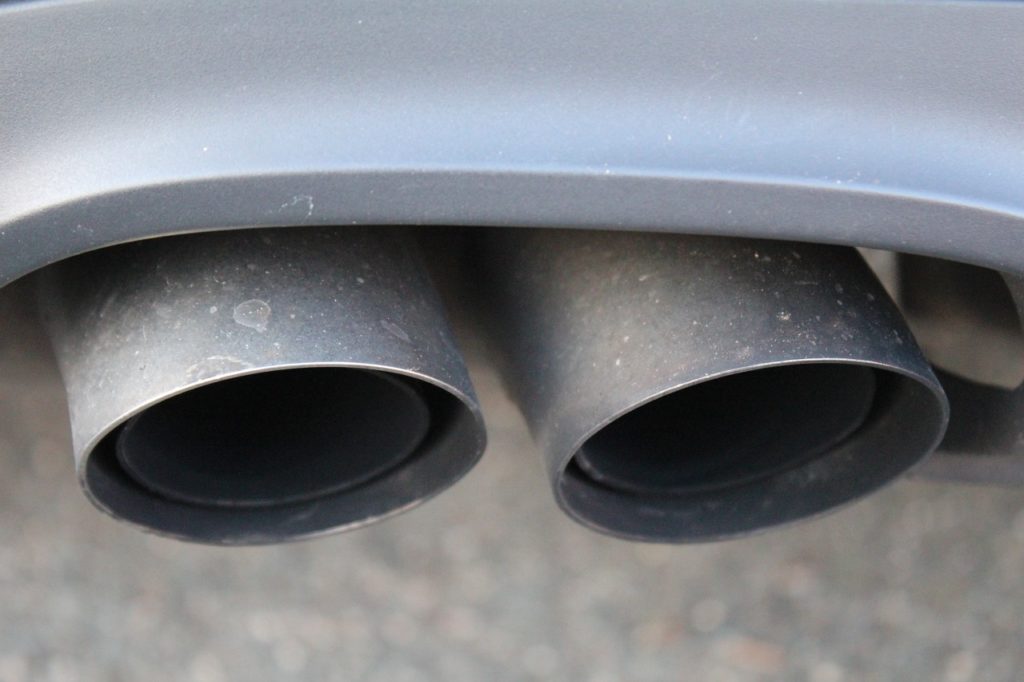 At the start of March 2020, a group of UK emissions specialists released findings from tests they had carried out. According to their results, tyre wear produces many times more harmful particulates than are released from the exhaust pipe. In fact, in some cases, tyres produced over a thousand times more than exhausts.
At the start of March 2020, a group of UK emissions specialists released findings from tests they had carried out. According to their results, tyre wear produces many times more harmful particulates than are released from the exhaust pipe. In fact, in some cases, tyres produced over a thousand times more than exhausts.
What was the response to this gobsmacking result? Not very much as it turned out. The UK, like most other countries, was bracing for covid-19, and the story didn’t gain much traction.
Yet it’s a story that needs to be heard and discussed. If it’s true, then there are major implications for human health. We already know that particulates kill thousands of people prematurely: it’s estimated that in 2014, high levels of particulates contributed to 426,000 deaths across Europe. There’s even emerging evidence that particulates make mortality from covid-19 worse.
In this two-part post, we’ll take a look at the claim, some possible criticisms and what the implications are for the tyre industry and consumers.
How do particulates damage health?
 Scientists have known for decades that fine particles in the air can damage human health. But it’s only in recent years that we’ve started to understand just how much harm they cause.
Scientists have known for decades that fine particles in the air can damage human health. But it’s only in recent years that we’ve started to understand just how much harm they cause.
Of particular concern are those called PM2.5, which are those particles less than 2.5 micrometres in size. These are so small — at the most, they’re 1/40 of a millimetre in diameter — that they can get deep into the lungs. Some cross into the bloodstream, from meaning that they can reach every organ in the body.
The results are thought to be widespread. Most obviously, fine particulates affect lung function and worsen conditions such as asthma, COPD and bronchitis. However, there’s also a strong association between PM2.5 and heart conditions, including heart failure. Newer research is also starting to uncover connections with a host of other illnesses, including brain cancer to urinary tract infections.
Isn’t this just the latest in a long line of health scares, blown out of proportion by the media? Unfortunately not. The world’s top public health officials now consider air pollution a major killer, with the president of the World Health Organisation referring to it as ‘the new tobacco’. And particulates are amongst the very worst contributors to that pollution.
So how do our tyres fit into all this?
Motor transport is a major source of particulates in the air we breathe. One Dutch study, for example, found an association between living near a major road and increased death from heart or lung disease.
In trying to reduce particulate pollution, most of the focus has been on the vehicle exhaust system. A lot of progress has been made. For example, diesel particulate filters are incredibly efective at removing PM2.5, achieving reductions of around 92.5% under most conditions.
However, much less attention has been paid to the role of tyres in the particulate problem. It’s pretty obvious that tyres must create particulate pollution — after all, the rubber that wears off the tyre must go somewhere. Yet surprisingly little research has been carried out into this. As Emissions Analytics CEO Nick Molden puts it:
The challenge to the industry and regulators is an almost complete black hole of consumer information, undone by frankly out of date regulations still preoccupied with exhaust emissions.
That Emissions Analytics Test
Bearing all this in mind, Emissions Analytics, which describes itself as “the leading independent global testing and data specialist for the scientific measurement of realworld emissions”, carried out an initial test on tyre wear.
Using ‘a popular family hatchback’ (they don’t say what sort), their team checked the amount of particles lost when running on brand new, correctly inflated tyres. Their initial findings indicate that during the test, the tyres lost around 5.8 g of material per kilometre.
That’s about all the details given on their press release.
Now, given that the current exhaust emission limit is just 4.5 milligrams per kilometre, that means our tyres could be producing 1,288 times the amount of particulates that are released from the exhaust.
What’s more, as the company points out, that’s under the best of conditions. A heavier car, poor quality tyres or rough road surfaces might make the situation even worse.
What so the results mean?
At first glance, these results seem fairly dire, showing that our tyres contribute significantly to a host of terrible illnesses.
So how should we, as tyre buyers, respond? Should we immediately rubbish the results because we don’t want to hear them? Or should bin the family hatchback and buy a horse instead?
As usual, there’s a sensible middle ground. It involves treating the results with some caution, but nevertheless doing what we can. We’ll look at that in Part Two, coming soon to the BK Tyre blog.
The BK Tyres blog carries news, views and information on tyres and related subjects. BK Tyres supplies and fits tyres throughout South Oxfordshire, including the communities of Abingdon, Didcot and Henley on Thames. As an independent, family run mobile provider, we provide exceptional levels of service and affordable prices. Contact us today.
